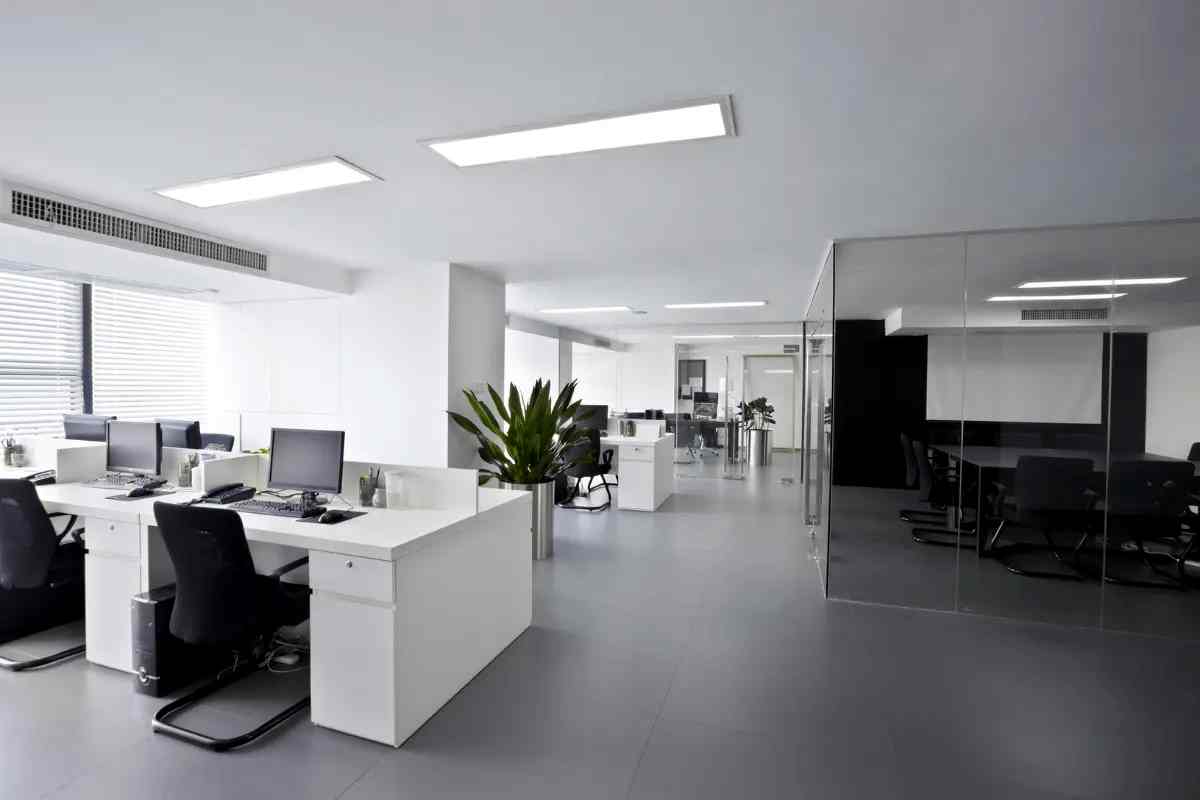What Should You Consider When Designing a New Space?
Posted by Versare on Oct 26th 2020

The design of your office space can significantly impact the function and productivity of your business. Good office design inspires and motivates employees, and plays a big role in how well your business performs and how successful you are with regard to employee satisfaction and retention. As you work on designing your new space, consider the following….
What’s working?
What parts of your space already meet your needs? What do you want to hang onto in your new space? Take note of the areas where you are already doing well and make sure to include those elements in your new design.
Great office design goes beyond physical needs, taking into account the psychological and emotional wellbeing of those using the space. The physical layout, furniture, and equipment all have a psychological effect on those using the space, and that shows up in productivity levels. Think about what parts of your current setup help to create the team culture you are trying to build. What areas inspire innovation and collaboration among your team? The more your employees like their work environment, the happier and more productive they’ll be.
What are you missing?
Where is your current space missing the mark? What are the most common complaints you get from employees? What improvements do you need to add to your future office environment?
Think about how your business will use the space:
- Do you need dedicated workspaces for each employee, or does an open floor plan make more sense for your business?
- Do your customers visit your office regularly?
- What do your employees need to do their jobs well?
Then, identify specific problems you need to address and focus on solving them as you create your new space. Your office design should support and enhance the day-to-day function of your business in order to make your company as effective and efficient as possible.
What is your budget?
Determine how much you can spend on your new space and what areas you want to spend it on. Build your budget around the aspects of your office that are most important to you.
While you are sorting out your budget, decide whether or not you will hire out for the design. If you choose to do so, interview several architects or designers to find one who understands your business objectives and company culture. A seasoned designer will take the time to observe how the company operates and make suggestions to improve efficiency and flow. This will translate into a design that balances your company’s vision, space utilization, and future growth.
What are your goals for the future?
Speaking of future growth, make sure you leave room for growth as you plan your space. Don’t wait until you are bursting at the seams to think about how you will make room for your growing business—consider expansion options as you design your space.
Make sure your office setup meets today’s needs but has the ability to adapt to meet the needs of the future. As you decide on furnishings for your space, think in terms of health and ergonomics (sit/stand desks, monitors on adjustable platforms, ergonomically-designed chairs, etc), but also in terms of your ability to transform a space to meet your changing needs. Consider utilizing modular furniture that can be modified as needed, as well as moveable partitions that allow you to continually reorganize the workspace. This will help you create an office space that can be modified to reflect not only growth but also new uses of space, technology, and the changing ways that people work.
What does your company culture or brand look and feel like?
Think about what defines your company culture: are you fun-loving, hard-working, serious, focused, creative, professional....What kind of personality does your company have?
Who you are as a company should be clearly identifiable as soon as someone walks through the door. Great design recognizes and celebrates the things that differentiate you from the competition. These often subtle characteristics are what attract your best clients and top talent, as well as build team spirit among your employees. A well-designed space both reflects and strengthens your company culture.
Good design can help generate collaboration among employees, boost productivity, and help communicate who you are to your clients. Think about it: If employees are ashamed to bring clients to the office, you could lose out on that extra connection you make with clients when you invite them into your space. Bringing clients into your office offers them another way to engage with your brand and get to know your company culture.
Open office, cubicles, and flex space - what’s right for your business?
How a company works is reflected where it works. For instance, if you have a collaborative culture, it doesn’t make sense to have a space full of individual offices or cubicles; a wide open space with flexible furniture would better serve your purposes. Think about how your employees work and what kinds of work they need to accomplish throughout the day. Do they work collaboratively or individually? Do most employees work in the office every day or do some work remotely? Do you have employees who do some of their work from home, but need flex office space they can use when they do come into the office?
As you work on the layout of your space, consider the sizes and types of workspaces that will be needed, ranging from enclosed offices where employees can make calls and focus on individual work to small group collaborative areas to conference rooms for all-team meetings. A large open area that you can endlessly adapt with partitions and cubicles is a much more flexible space than an office that is broken up into smaller rooms, but ultimately the layout of your space will depend on what best suits your company’s needs. And keep in mind that it doesn’t have to be all or nothing: In many cases, a hybrid option works the best. With different zones for private focused work (quiet rooms or cubicles), team meetings (conference rooms), and collaborative work (large open, flexible spaces), you’ll have the best of both worlds.
How can you incorporate natural light and visual stimulation in your space?
Office design should be visually pleasing as well as practical. We are visual beings, and are affected by the light, color, and design around us. Color choice is important - choose colors that fit your culture, the work being done, and the results you’re looking for. Incorporate artwork throughout the space to provide inspiration and help create an environment that reflects your brand and personality.
Natural light is an important part of office design as well. Natural light significantly impacts our physiological and psychological health and is an essential component of our quality of life—and healthy employees are universally happier and more productive. Removing cubicle walls, using movable transparent partitions, and incorporating more open plan space are all ways to benefit from natural light in the office.
No matter your industry or size, the design of your workspace impacts the way your company functions on a day-to-day basis. Versare’s full line of partitions, cubicles and acoustic panels can help you design a flexible office space that will meet the needs of your business today and well into the future. Shop our online store here and call us at 800-830-0210 with any questions.

